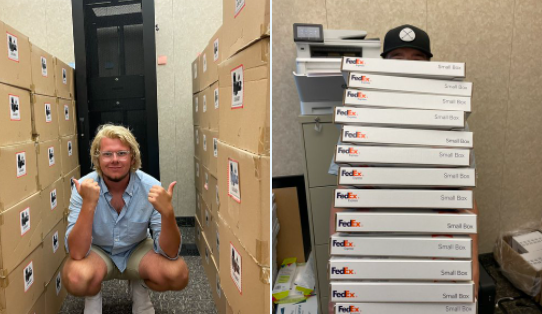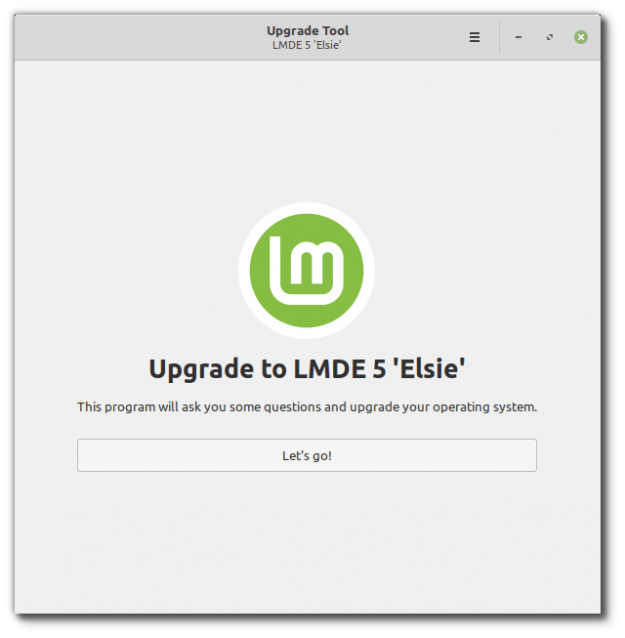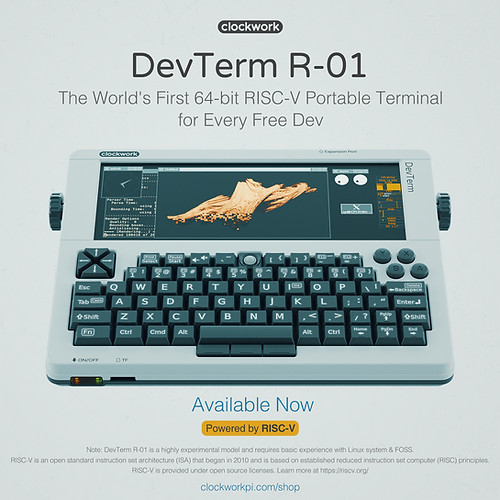It appears that Erik Finman has been paying attention to the examples being set by a certain former president on how to run a successful business.
Posts published by “Christine Hall”
Christine Hall has been a journalist since 1971. In 2001, she began writing a weekly consumer computer column and started covering Linux and FOSS in 2002 after making the switch to GNU/Linux. Follow her on Twitter: @BrideOfLinux
Linux Mint has released the beta version of an upgrade tool that allows a one-click move from LMDE 4 to LMDE 5.
In this interview, Hohndel opines about the mistakes some proprietary companies make when they attempt to go open, the recent spate of "source available" licenses, how he came to be the one to interview Linus Torvalds at Open Source Summit every year, and more.
While the Open Source Security Foundation is active in all areas pertaining to open source security, developers might be most interested in OpenSSF’s free online Developing Secure Software certification program.
With Fedora's release party scheduled for May 12-14, and now Ubuntu planning a release party for 22.04 on May 1, it looks as if next month is going to be party month in the land of Linux.
With three full time employees and a robust community, Elementary OS went into this year as a Linux project that seemed to be on easy street. Today, it’s down to one employee, it’s funds are dwindling rapidly, but it still has an enthusiastic community and a determined leader with a particularly open source vision.
The Linux Foundation is accepting applications through April 3Oth for Linux Foundation Training Scholarships that offer free training and certification across 12 open source categories.
Although Richard Stallman seemed to be absent from this year's LibrePlanet event, the Free Software Foundation has announced he will be livestreaming his "The State of the Free Software Movement" talk on April 13th at 2 p.m. Eastern Time.
The growth of SiFive and other companies focused on open source RISC-V-based processors will eventually bring the possibility of completely free and open computing to free and open source software advocates.










